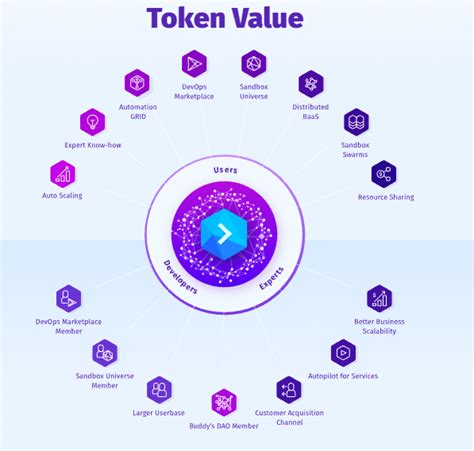Adding Ripple Payments to Your Ecommerce Website: Is It Possible?
As a digital nomad or online entrepreneur, accepting payments on your website has become a vital aspect of running an ecommerce business. With the rise of cryptocurrency and blockchain technology, alternative payment options like Ripple have emerged as potential alternatives to traditional payment processors. In this article, we’ll explore whether it’s possible to accept Ripple payments on a website, where to find source code examples, and what you need to know.
Is it possible to accept Ripple payments on your website?
Ripple is a decentralized payment system that enables fast, low-cost, and secure cross-border transactions. While traditional payment processors like PayPal, Stripe, or Square often charge transaction fees and have limitations to their services, Ripple offers an alternative solution for ecommerce businesses.
To accept Ripple payments on your website. web, you will need to integrate the Ripple API with your platform. This involves several steps:
- Choose a payment gateway: Select a payment gateway that supports the Ripple API, such as RippleNet.
- Install the required library: Download and install the Ripple Java SDK or Python library for your desired programming language.
- Configure the integration: Configure your website to use the Ripple API by setting environment variables and initializing the library.
- Integrate with payment processing: Use the API to process payments, including receiving, sending, and tracking transactions.
Where can I find the source code to implement such Ripple payments?
While some open-source implementations of the Ripple API are available, few are publicly accessible due to licensing restrictions. However, there are several alternatives:
- Ripple GitHub Page: The official Ripple GitHub page features some examples of integrations to their APIs.
- Ripple Developers Community Forum: The Ripple Developers Community Forum has various threads and discussions about integrating the API with e-commerce platforms.
- E-commerce Frameworks and Libraries
: Some e-commerce frameworks, such as Shopify or Magento, offer pre-built modules for implementing Ripple payments.
Getting Started: A Simple Example
For a basic example, let’s use Python to demonstrate how to integrate Ripple with an e-commerce site:
import os
from ripple import Ripple

Set the Ripple API credentials and environment variablesAPI_KEY = "YOUR_API_KEY"
SECRET_KEY = "SECRET_KEY"
Initialize the Ripple clientclient = Ripple(api_key=API_KEY, secret_key=SECRET_KEY)
def process_payment(amount):
Process the payment with Rippletransaction_response = client.create_transaction(
amount,
"YOUR_DEBIT_CARD_NUMBER",
"YOUR_CREDIT_CARD_NUMBER"
)
return transaction_response
Test the functionamount = 100.00
transaction_id = process_payment(amount)
print(f'Transaction Code: {transaction_id}')
Conclusion
Accepting Ripple payments on your website can be a viable alternative to traditional payment processors, especially for e-commerce businesses with high transaction volumes. However, it is essential to carefully research and evaluate the pros and cons of Ripple integration before making a decision.
While this article has provided an overview of the possibility and some basic examples, please note that implementing Ripple payments on your website requires technical expertise and may require additional support from blockchain development experts.
For more information and guidance, we recommend exploring the official Ripple documentation, online forums, and developer communities.
Leave a Reply